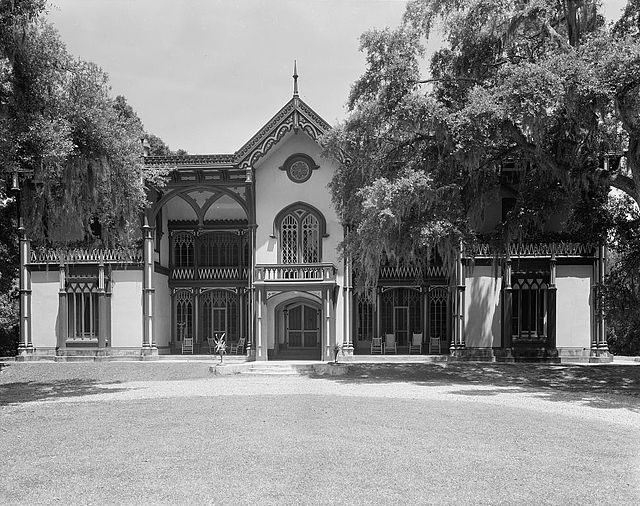History of the Southern United States
The history of the Southern United States spans back thousands of years to the first evidence of human occupation. The Paleo-Indians were the first peoples to inhabit the Americas and what would become the Southern United States. By the time Europeans arrived in the 15th century, the region was inhabited by the Mississippian people, well known for their mound-building cultures, building some of the largest cities of the Pre-Columbian United States. European history in the region would begin with the earliest days of the exploration. Spain, France, and especially England explored and claimed parts of the region.
Selma to Montgomery marches for the right to vote. Front row, left to right: James Reeb, children of Ralph Abernathy.
Three examples of Mississippian copper plates
Mississippian cultures HRoe 2010
Etowah Indian Mounds, large Mississippian city and political center in modern Atlanta, Georgia
Plantation complexes in the Southern United States
Plantation complexes were common on agricultural plantations in the Southern United States from the 17th into the 20th century. The complex included everything from the main residence down to the pens for livestock. Until the abolition of slavery, such plantations were generally self-sufficient settlements that relied on the forced labor of enslaved people.
Stratford Hall is a classic example of Southern plantation architecture, built on an H-plan and completed in 1738 near Lerty, Virginia.
The Seward Plantation is a historic Southern plantation-turned-ranch in Independence, Texas
The whimsical Gothic Revival-style Afton Villa in St. Francisville, Louisiana. Built from 1848 to 1856, the masonry structure burned in 1963.
1862 photograph of the slave quarter at Smiths Plantation in Port Royal, South Carolina. The slave house shown is of the saddlebag type.








